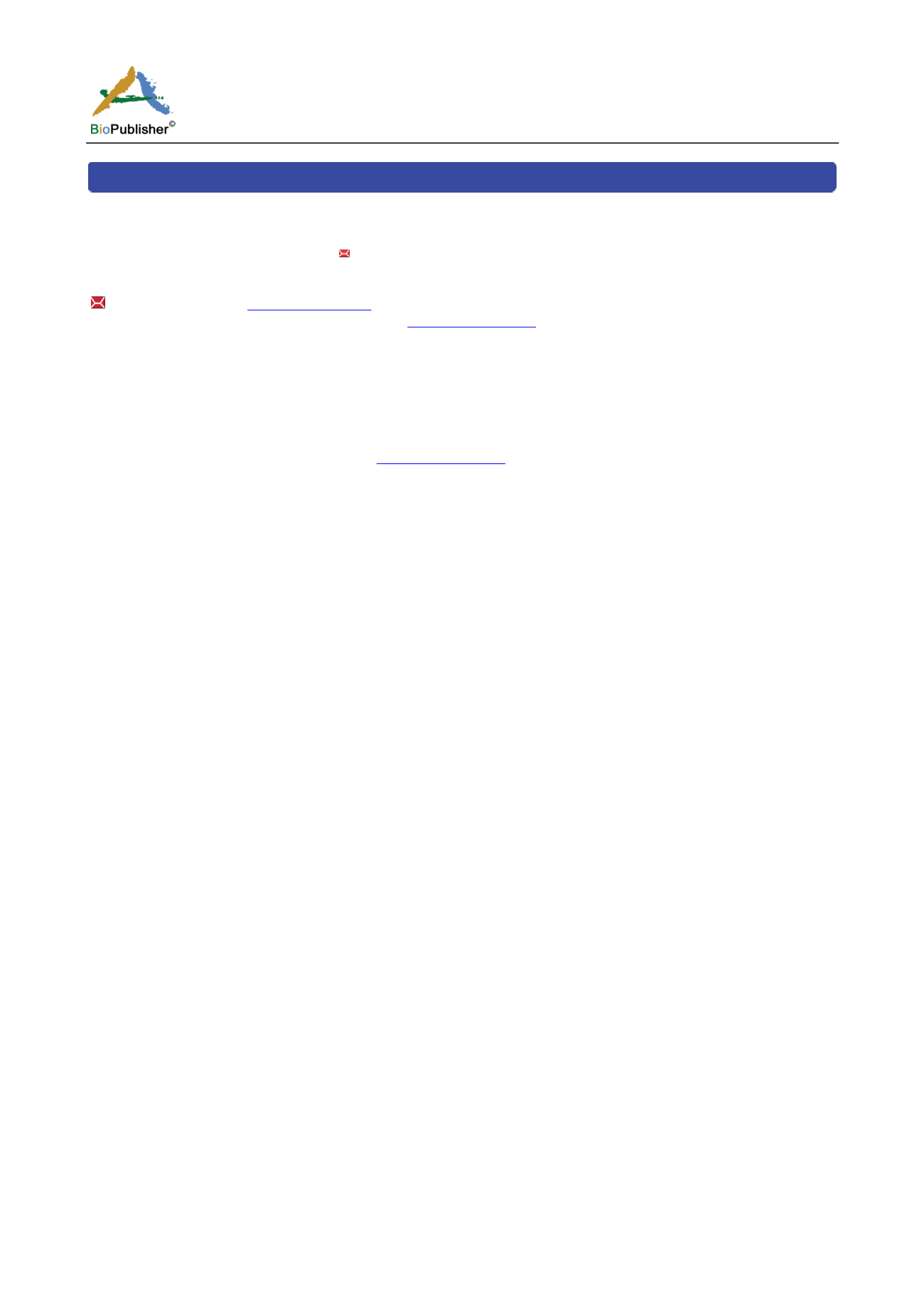
International Journal of Marine Science, 2017, Vol.7, No.37, 366-370
366
Research Report Open Access
Otolith Mass Asymmetry in
Lutjanus ehrenbergii
(Peters, 1869) Collected from
the Sea of Oman
Abdullah H. Al Balushi
1
, Laith A. Jawad
2
, Haitham K. Al Busaidi
1
1 Oman Animal & Plant Genetic Resources Centre (OAPGRC), Scientific Research Council, Muscat, Sultanate of Oman
2 Flat Bush, Manukau, Auckland 2016, New Zealand
Corresponding author email
International Journal of Marine Science, 2017, Vol.7, No.37 doi
Received: 18 Aug., 2017
Accepted: 11 Sep., 2017
Published: 15 Sep., 2017
Copyright © 2017
Al Balushi et al., This is an open access article published under the terms of the Creative Commons Attribution License, which permits
unrestricted use, distribution, and reproduction in any medium, provided the original work is properly cited.
Preferred citation for this article
:
Al Balushi A.H., Jawad L.A., and Al Busaidi H.K., 2017, Otolith mass asymmetry in
Lutjanus ehrenbergii
(Peters, 1869) collected from the Sea of Oman,
International Journal of Marine Science, 7(37): 366-370 (doi
Abstract
Otolith weight difference on both sides of the fish head,
x
, was estimated. Sagittae otolith mass asymmetry was
investigated in the littoral lutjanid species
Lutjanus ehrenbergii
. The absolute value of |x| in
Lutjanus ehrenbergii
does correlate with
the fish length and otolith development. Such case is similar to that in the symmetrical fish species, the absolute. An increase in the
absolute value of otolith asymmetry in relation to the fish size was observed. The range of
x
magnitude was between -0.2 and +0.2.
Keywords
Otolith; Weight asymmetry; Lutjanidae; Sea of Oman; Acoustic and vestibular functions
Introduction
One of the major factors that causing modification in the behaviour of the fish is the case of lightness due to the
weight difference of the otolith between the two sides of the head of the fish (Egorov and Samarin, 1970; Hoffman,
1977; Von Baungarten et al., 1982; De Jong et al., 1996; Hilbig et al., 2002; Rehman and Ankan, 2002). Variation
in the weight of the fish may be due to the otolith weight differences, which might cause acoustic inadequacies
(Lychakov et al., 2006), consequently, the fish cannot avoid the impairment in the function of the sense of hearing.
In fishes, the otolith weight asymmetry is usually 0.2< X < +0.2 or <20% (Lychakov et al., 1987; Lychakov, 1992;
Takabayashi, 2003), and the otolith mass asymmetry and length or weight of the fish were not related to each
other (Lychakov and Rebane, 2004). Results of several investigators have revealed the function of hearing in the
fish will be affected if otolith weight asymmetry becomes lower than the standards stated above for the symmetric
fish species (Lychakov et al., 2006). Samarin (1992), Scherer (2001) and Lychakov (2002) have recommended
that the mass non-symmetry of otolith might change the quality of reception, which could affect in return the
navigation of the fish.
Numerous studies on the weight difference of the otolith of fishes from the Omani waters were published in the
recent years (i.e., Jawad et al., 2010; Jawad et al., 2011; Ambuali et al., 2011; Jawad et al., 2012; Jawad, 2013),
but there is no such study on
L. ehrenbergii
. Therefore, the present work is a significant addition to the knowledge
of otolith mass asymmetry in the area of Sea of Oman. The objective of the work at hand is to determine and to
evaluate the discrepancy of this asymmetry of
L. ehrenbergii
. Habits of the fish might show deviation from that of
the normal pattern once the weight in the otolith is started (Gagliano et al., 2007; Gagliano and McCormick, 2009).
The endurance of the juveniles will be endangered with the increasing inability to locate an appropriate place to
inhabit and hence noteworthy alterations to the population of the species will yield.
1 Materials and Methods
Otolith mass and fish length were obtained from 50 samples of
L. ehrenbergii
fished from the Sea of Oman, the
City of Muscat, Sultanate of Oman between May and June of 2017 from the commercial artisanal catch. Fish were
measured for their standard length was recorded preceding to otolith removal. The otoliths were extracted, washed
in 70% ethanol and left to dry in the room temperature for few hours. Analytical balance to an accuracy 0.0001 g


